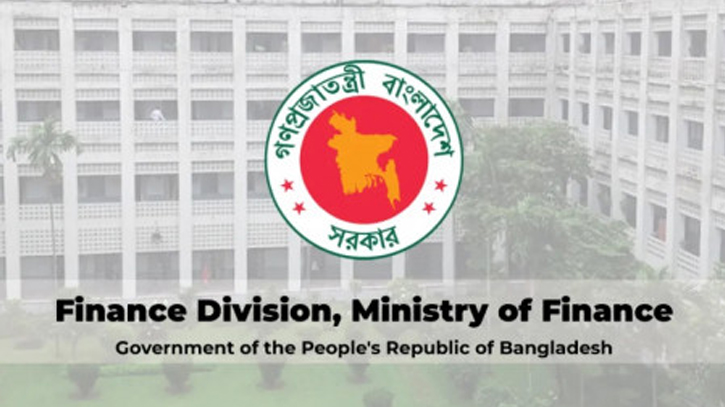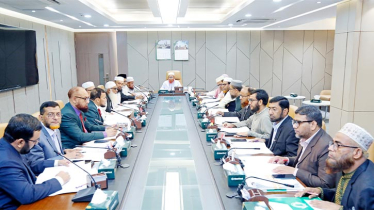
Photo: Collected
To mitigate fiscal risks, the Bangladesh government has adopted several strategies, including risk transfer and reduction, the creation of fiscal buffers, and diversification through various measures. However, further improvements are needed in fiscal analysis and budgeting, updating risk sources, and rationalizing tax expenditures based on quantitative analysis.
The Finance Division’s official document suggests that transferring liabilities might be an effective risk reduction strategy. Recently, the government raised petroleum prices to align with international rates, reducing its fiscal burden. A formula-based fuel price adjustment mechanism has been introduced to prevent structural subsidies for petroleum products, though no similar policy exists for power or gas sector subsidies.
Creation of a buffer against potential risks can be a good mitigation strategy, the document states. The Finance Ministry’s “Medium Term Macroeconomic Policy Statement (2023-24 to 2025-26)” highlights that block allocations in the budget help address unexpected expenditures.
Enhanced revenue mobilization and reduced expenditures, such as subsidy payments, could create additional fiscal space to mitigate risks.
Diversifying revenue sources is another proposed tool for risk mitigation. In FY 2022-23, up to February 2023, a significant portion of the National Board of Revenue (NBR) tax came from indirect taxes. VAT accounted for 40.50% of total NBR tax, followed by Income Tax (30.21%), Supplementary Duty (14.37%), Import Duty (12.83%), and other taxes. To reduce risk, exploring new revenue avenues is essential.
Institutional improvements are crucial for effectively addressing fiscal risks. Incorporating fiscal risk analysis into budget preparation and regular updates on risk sources through institutional measures are recommended. Rationalizing tax expenditures can also enhance the government’s fiscal space.
Bangladesh aims to surpass its pre-COVID growth trajectory in the medium term. The document emphasizes robust demand-side and public sector-driven supply-side developments as key growth drivers. Inclusive growth and poverty reduction are also vital. “Investment bottlenecks are gradually being eliminated to boost private investment,” it notes. Revenue mobilization remains a critical policy strategy to support this growth.
However, the path ahead is fraught with potential challenges. Fiscal risks may arise from natural disasters, macroeconomic shocks, and institutional failures. The conventional cash-basis government system in Bangladesh has weaknesses in handling fiscal risks, such as inadequate information on assets and liabilities and incomplete coverage of current transactions.
Organizing fiscal risks into a framework differentiating between general economic risks, specific fiscal risks from contingent liabilities, and structural or institutional risks could be beneficial. Overall, fiscal risks can be categorized into expenditure side risks and revenue side risks. With careful planning and the collective will of its people, Bangladesh is poised to meet its sustainable development goals and build a smart society for future generations.
Messenger/Fameema








